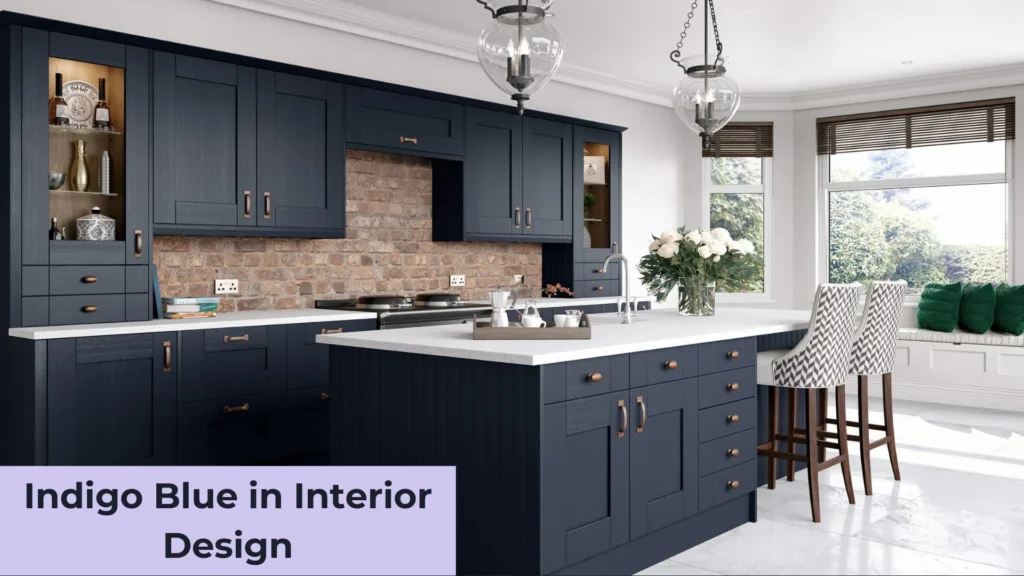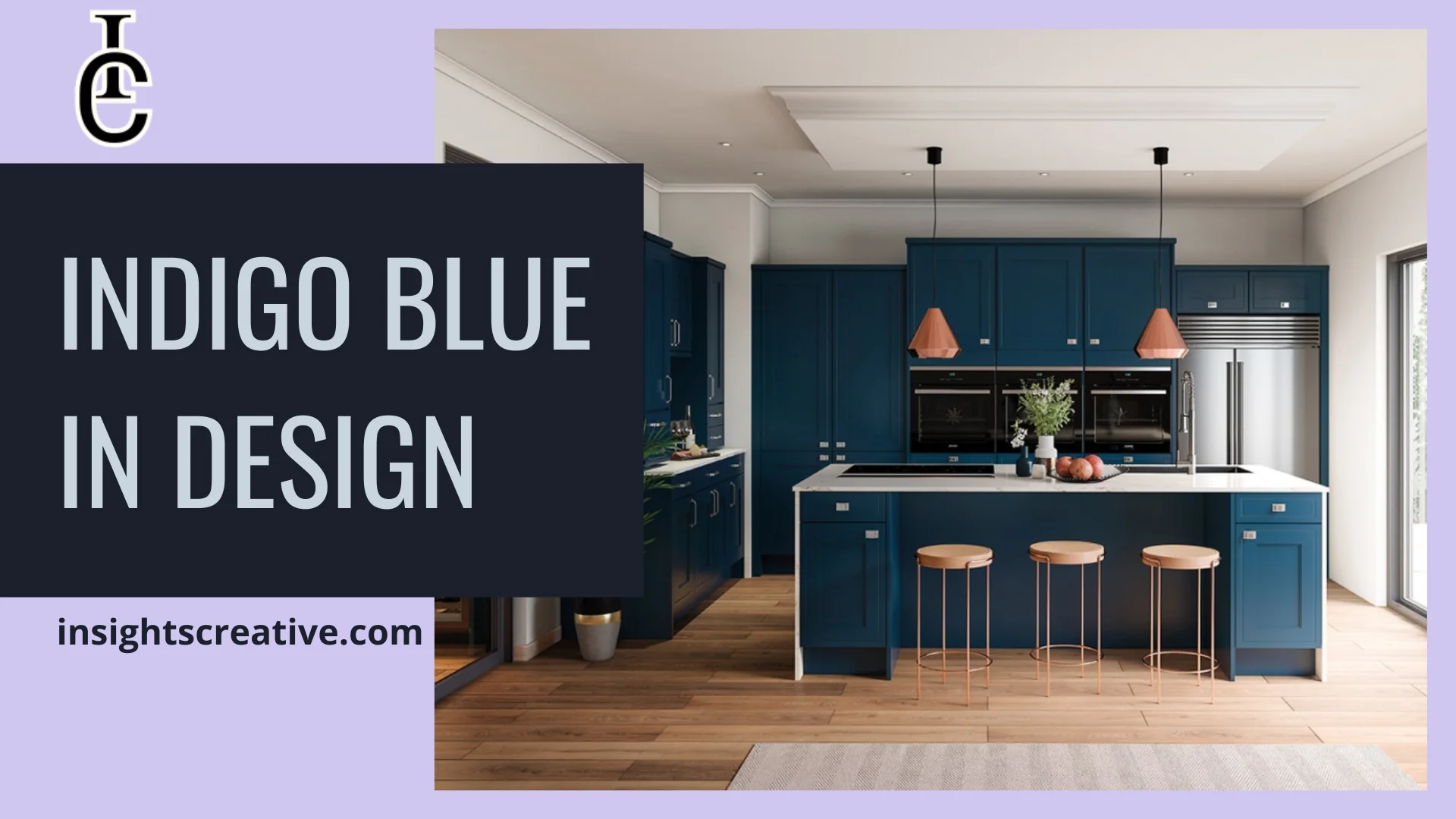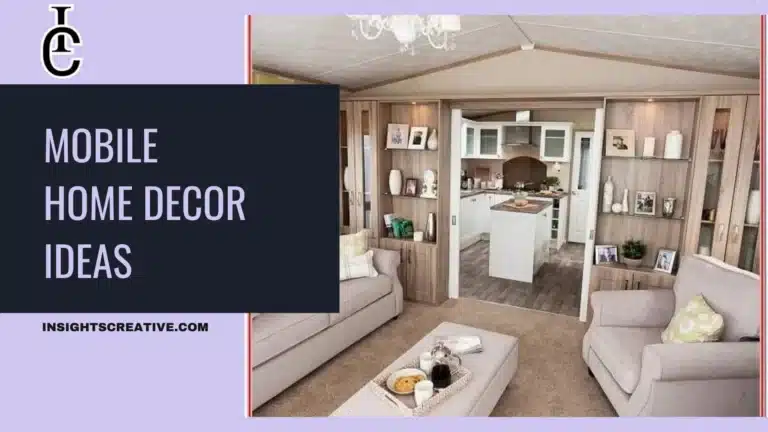Indigo blue is a color that has intrigued artists, designers, and cultures for centuries. Rich in depth and mystery, it sits between blue and violet on the color spectrum, offering a unique blend of qualities from both colors. Whether you’re interested in its use in fashion, interior design, or historical significance, indigo blue holds a special place in various industries and traditions. But what exactly is indigo blue? How does it differ from other shades of blue, and how is it made? In this article, we’ll explore these questions and more.
What is Indigo Blue?
Indigo blue is a deep, rich color that falls between blue and violet on the visible spectrum. The color indigo is named after the dye produced from the indigo plant, which has been used for thousands of years. In fact, indigo dye was one of the first dyes to be used by humans. The indigo blue color has often been associated with depth, wisdom, and intuition, and its unique hue makes it a popular choice in fashion, art, and design.
So, what color is indigo blue exactly? It’s darker than standard blue but not quite as dark as navy, and it contains subtle hints of violet, which gives it a more complex appearance than primary blue tones.
The Meaning and Symbolism of Indigo Blue
Like many colors, indigo blue carries a variety of meanings and symbolisms depending on the context. In many cultures, indigo is associated with spirituality, intuition, and wisdom. The color’s deep, calming qualities evoke feelings of introspection and meditation, which is why indigo blue is often used in spaces meant for relaxation or deep thought.
In fashion, indigo blue can signify confidence and sophistication. It’s a versatile color that works well for formal wear, like tuxedos and evening gowns, as well as casual outfits like jeans and sweaters.
Indigo Blue vs. Other Shades of Blue
While indigo blue is closely related to other shades of blue, it stands out due to its distinct characteristics. Indigo and blue are often confused, but they are different colors. While blue is a primary color, indigo is a secondary color that combines blue with a touch of violet. This gives indigo its deeper, richer tone.
Many people wonder, “Is indigo blue darker than standard blue?” The answer is yes. Indigo blue color is deeper and contains more purple undertones, while blue tends to be brighter and more straightforward. The difference between blue and indigo color can be subtle, but once you recognize it, it’s hard to unsee.
Indigo Blue Color: A Unique Shade
Indigo blue is unique because it has both warm and cool undertones. The violet influence gives it warmth, while the blue base keeps it cool and calming. This duality makes indigo blue highly versatile in different settings, from home interiors to fashion.
For example, in a room with indigo blue walls, the color can feel both cozy and expansive, offering a sense of depth. Similarly, in clothing, indigo blue can be used to create a polished look without being as formal or stark as black or navy.
How to Make Indigo Blue Dye
The process of making indigo dye is ancient, with a history spanning thousands of years. Traditionally, indigo dye is made from the leaves of the indigo plant, which are fermented and oxidized to produce the famous blue pigment. Today, synthetic indigo dye is also widely available, but many artisans still use traditional methods for a more authentic product.
To make indigo dye from plants, the leaves are harvested, soaked in water, and left to ferment. This process produces a rich blue liquid that can be used to dye fabrics. The natural dyeing process is slow but results in beautifully deep hues that are hard to replicate with synthetic dyes.
How Indigo Dye is Made: A Brief History
Indigo dye has been used for centuries, dating back to ancient Egypt and India. In fact, the word “indigo” comes from the Latin word “indicum,” meaning “from India,” which was a major exporter of the dye during ancient times. The dye was highly prized in Europe, where it was used to color fabrics, particularly for royalty and the wealthy.
The production of indigo dye was labor-intensive, which made it valuable. Today, although the process has been modernized, natural indigo blue dye is still revered for its vibrant, long-lasting color.
Indigo Blue in Fashion and Design
In modern times, indigo blue has made its mark in the world of fashion and interior design. Its depth and versatility make it a popular choice for everything from casual wear to formal attire. Indigo blue jeans, for example, have been a wardrobe staple for decades, prized for their durability and timeless style.
In interior design, indigo blue is often used to create dramatic, yet calming spaces. Whether used on walls, furniture, or accents, the color can transform a room by adding richness and elegance. The dark hue pairs well with lighter shades, like cream or gray, for a balanced, sophisticated look.

The Use of Indigo Blue in Art and Culture
Indigo blue has not only been important in fashion and design but also in art and cultural symbolism. Artists like Ann Hamilton have used indigo blue in their work to convey depth, emotion, and contemplation. The color has also been featured prominently in various artistic traditions around the world, from Japanese indigo-dyed textiles to European Renaissance paintings.
In culture, the indigo blue color has often been linked to spirituality and wisdom. Many spiritual traditions use indigo blue to represent the third eye chakra, which is associated with intuition and insight.
Famous Uses of Indigo Blue: Ann Hamilton and Beyond
Ann Hamilton, a renowned visual artist, has used indigo blue in her installations, such as her 1991 piece titled “Indigo Blue,” which explores themes of labor, memory, and history. Her use of the color highlights its ability to evoke emotion and contemplation.
Other famous uses of indigo blue can be found in various cultures, from traditional blue dye techniques in Africa and Asia to modern fashion houses that embrace the color for its boldness and sophistication.
Conclusion
Indigo blue is a color that transcends time and culture, offering versatility and depth in every context. Whether you’re drawn to its historical significance or its use in modern design, indigo blue continues to captivate with its unique blend of richness and mystery. From fashion to art to home decor, indigo blue remains a timeless choice for those seeking both elegance and meaning.




